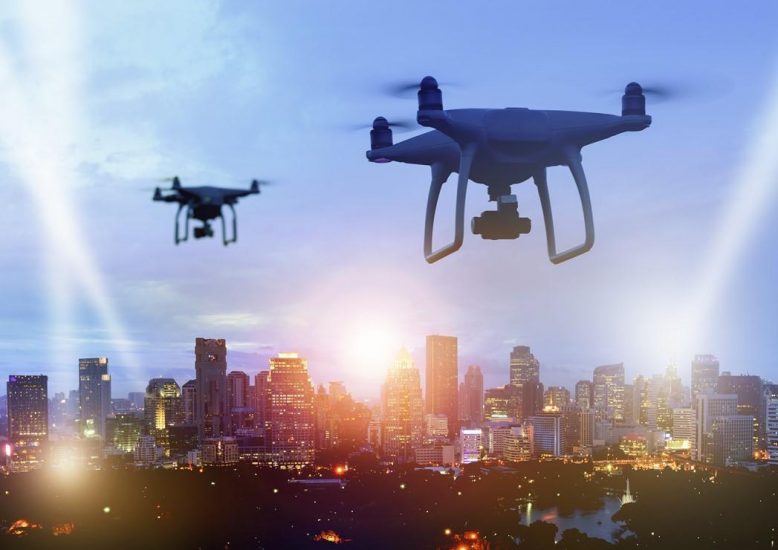The UK Civil Aviation Authority (CAA) has appointed Egis to undertake a study to examine the key safety risks resulting from unmanned aircraft operating in a Beyond Visual Line of Sight (BVLOS) capacity, particularly in airspace where other airspace users such as manned aircraft do not, or cannot, operate.
According the Egis, The focus of the study is on airspace that is either very close to obstacles such as buildings or infrastructure, or at very low altitudes, typically less than 400ft above ground level. This study will take a targeted approach to industry and stakeholder engagement to define use-cases, understand the safety risks associated with those use-cases through a systematic approach to hazard and risk assessment, and then examine the different regulatory approaches adopted by other National Aviation Authorities who have granted authorisation for similar operations.
Unmanned aircraft already operate in BVLOS conditions although these are typically subject to operational constraints in terms of operating area, frequency of operation and implementation of temporary danger areas (TDAs) or Transponder Mandatory Zones (TMZs). These constraints are designed to minimise the risk of encounter with other aircraft but are costly and cumbersome to implement on a regular basis with the relevant pre-authorisations. To realise the full potential of unmanned aircraft and the resultant benefits to society and the economy, a method for safely integrating these types of aircraft with other airspace users without recourse to these controls is needed.
Egis study lead, Richard Derrett-Smith comments: “One of the first stages of the process to implement safe integration is to understand the safety risks associated with BVLOS operations in atypical airspace and this project is designed to achieve this. Our study will add valuable insights to the work already carried out by the UK CAA on possible use cases, innovation sandbox projects and technical publications, such as CAP1861, which have helped to set its direction and focus.”
This work feeds into Egis’ work in Advanced Air Mobility which includes delivering a first ever safety framework for Future Flight, multiple projects advancing drone integration and UAM infrastructure planning, as well as ongoing work in the UK on Electronic Conspicuity. The latest study is due completion towards the end of 2022.
For more information visit:




